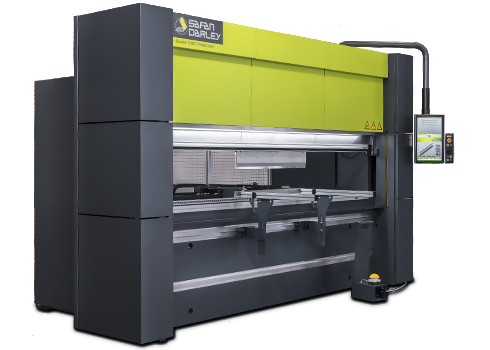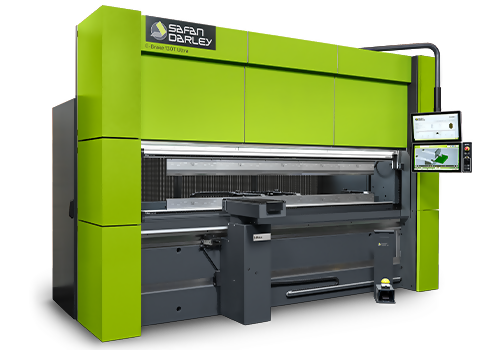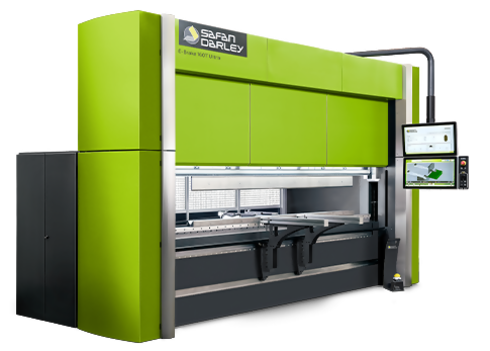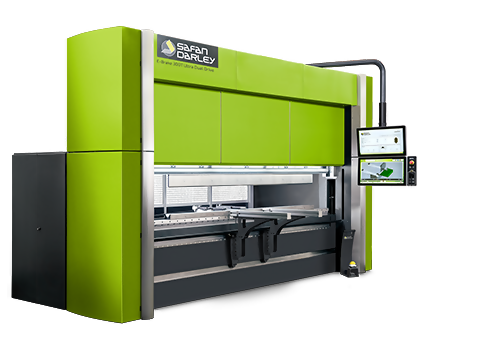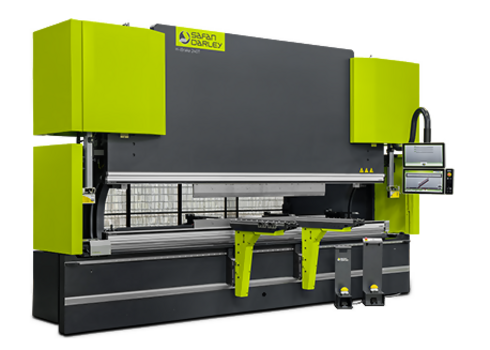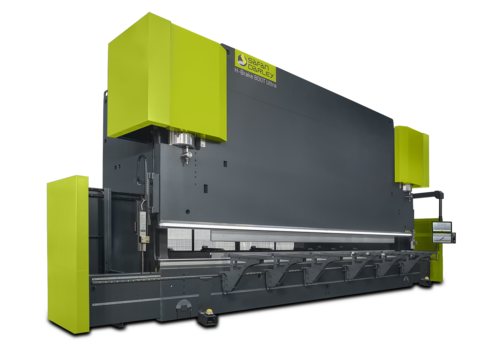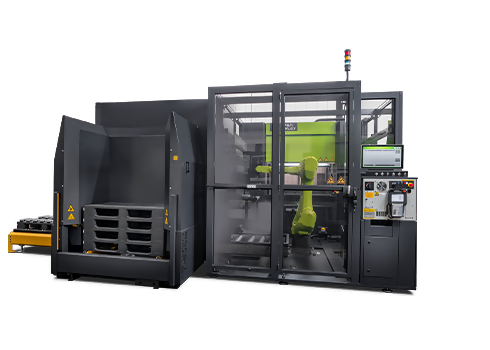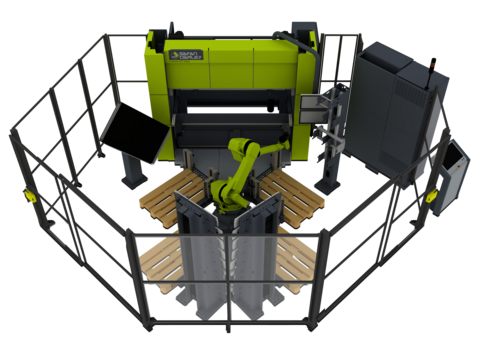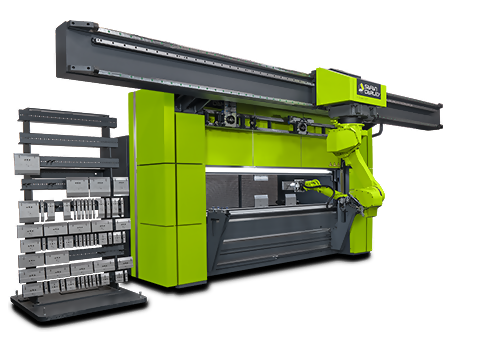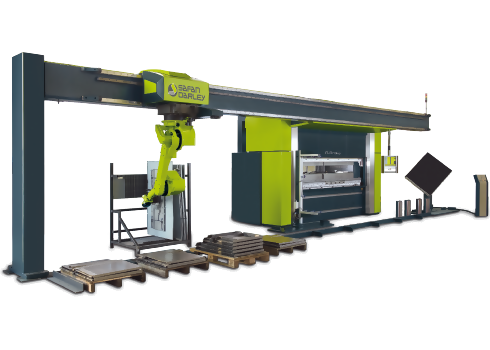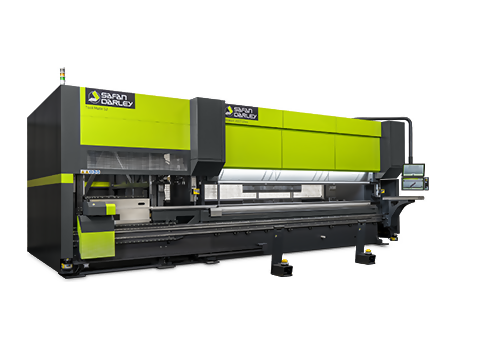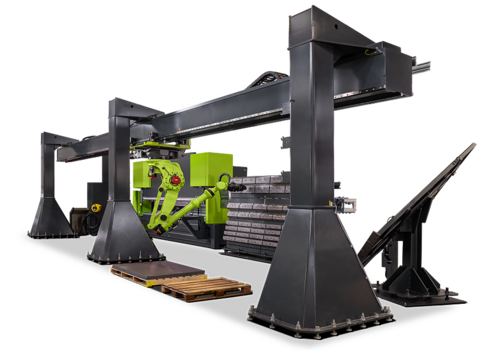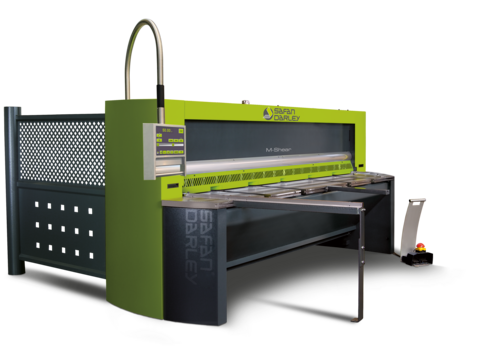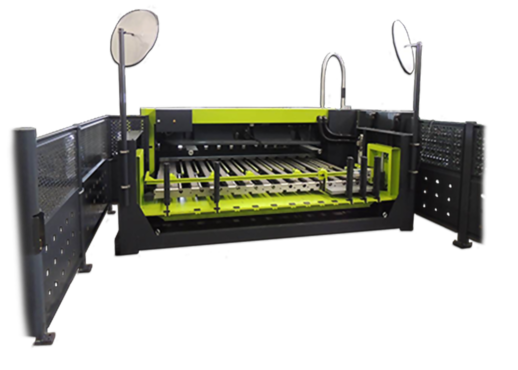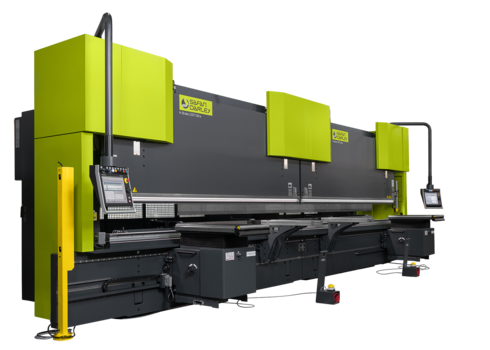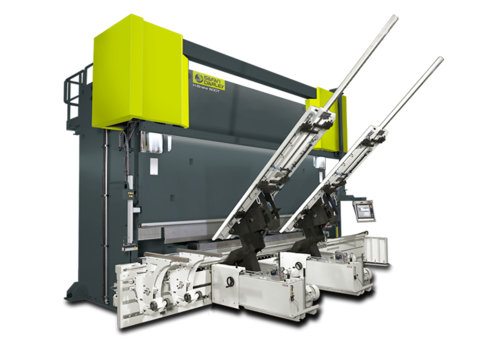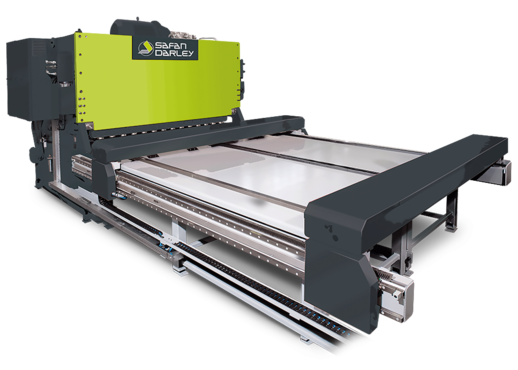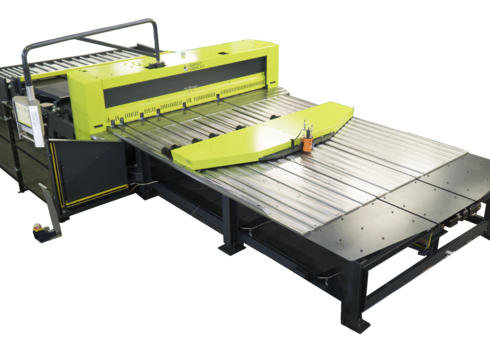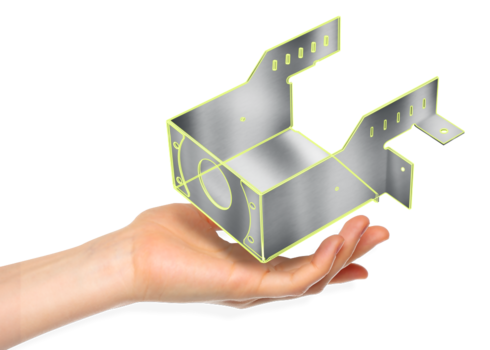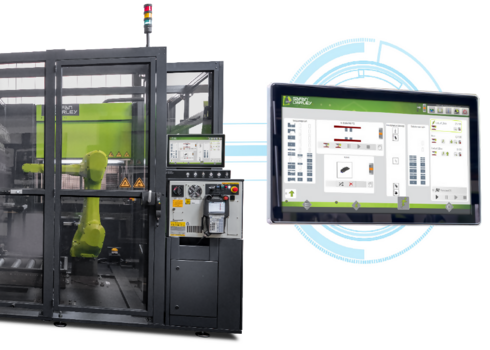
3 Critical Preparations Before You Automate: Products

3 Critical Preparations Before You Automate: Products
In Part 1 of this blog series, we covered process — specifically, how to review, prepare, and update your company’s processes and documentation before you implement automation. For Part 2, we focused on the people and activities your processes were developed to organize.
In this final segment, we’ll discuss the products your new automated equipment will be producing. These concerns are much easier to address before the equipment is paid for and delivered!
Here are three key considerations to keep in mind as you prepare your company for producing automated parts.
Parts Analysis – Are You 100% Clear on What Parts Will Be Automated?
Now that the processes are understood and adhered to by the staff, it’s time to focus on the products that will be fabricated with the new automation equipment. The most important thing to know is which parts fabrication will be automated for.
It’s critical that fabricators have a detailed parts list to review before locking down any agreements with equipment OEMs. This seems like an obvious step, but there are OEMs out there that don’t provide a parts list unless the customer specifically requests one.If you don’t know to ask, it’s easily overlooked among the many other questions you’ll have on your mind.
If you haven’t yet conducted a detailed parts analysis to determine which parts are the best choice for fabrication automation, now is the time to do it.
The gold standard is to have the automation contractor or OEM provide a detailed parts analysis for every item your company fabricates and make recommendations for which parts are the best fit for automation. At SafanDarley, we include a detailed parts analysis and customer-specific recommendations for every piece of automated equipment we sell.
Companies should also be asking their automation vendors and OEMs about the lifting capacity of the robot in the automated cell and the personnel requirements for operating a given piece of equipment. These are just two examples of assumptions that can lead to serious disappointment if the cell’s capabilities don’t meet the fabricator’s expectations.
For more details around these questions and the reasons for asking them, be sure to check out SafanDarley’s list of 5 Questions You Should Ask Your Automation Provider so you can be sure you have all your bases covered.
Resource Planning – What Must Be Provided to Support New Equipment?
One of the reasons automation is such a game-changer is that it allows fabricators to extend the productive hours within a work cycle. For example, some companies can run multiple shifts a day without hiring more operators. How? By running the fully automated shift at night and the human-dependent shifts during normal working hours.
Changes of this magnitude can make a major positive impact on profitability, as businesses can produce much more product within the same facility. On the other hand, there will be a greatly increased number of products that must be sorted and stored. It’s crucial to think through all the details regarding what materials will go where before the new automation equipment is delivered.
Material handling is a major concern if your operation will be running multiple shifts — especially if those shifts will involve long periods of uninterrupted productivity (8 or even 16 hours). Your operation will likely need more conveyors and palletization to manage and store all the parts that are produced. The longer an operation will run uninterrupted, the more conveyors and palletization will be needed.
Flow To and From the Automated Cell
Implementing an automated cell is not the same thing as completely automating your operation. In order for the automated cell to work, there must be a flow of materials coming to the cell, which entails processes such as procurement, inventory management, and logistics to get the raw materials in place for the automated cell.
Businesses also need to consider logistics and what will happen after the new parts are fabricated. Will parts need to be wrapped up for storage? Or boxed for fast shipping?
For companies that are new to automation, automated cells will likely produce more parts than their staff are accustomed to managing. These companies should carefully analyze how much will be produced and where the outputs will be stored or processed for shipping.
Spending some time on downstream logistics is a wise investment, as a little bit of planning can prevent a downstream log jam that stifles productivity and reduces ROI.
Good Planning Increases ROI
While automation has never been more affordable or user friendly, automating the right way still takes a lot of work and careful investigation. We hope this series has been helpful for sheet metal fabricators that are trying to automate the right way.
Getting your company’s processes, people, and parts ready for automation will put you in position to realize a higher ROI, and you’ll see the benefits much sooner than you would following a less disciplined approach.
SafanDarley manufactures the highest quality pressbrakes in the industry and is second to none in terms of safety, customization options, and energy efficiency.
If you’re thinking about automating, feel free to contact us through LinkedIn or leave your questions and comments below. We would love to learn more about your business.
Read more
blogs
The skilled labor shortage within the manufacturing sector has been a dominant trend for the last several decades, reaching a pinnacle in recent years following the pandemic and its economic fallout. For many businesses, identifying and keeping talent on-board is the biggest operational challenge they face.
In the introductory blog to this series, we discussed how all three elements of manufacturing — processes, people, and products — are equally important and co-dependent on one another. All three elements must be prepared for your company’s automation investment to be successful.
